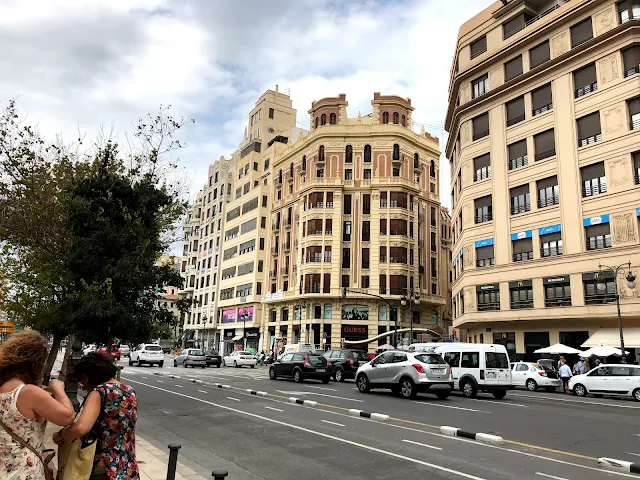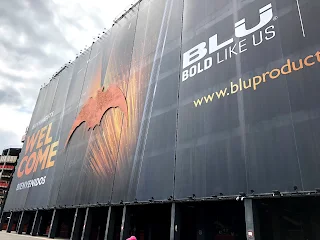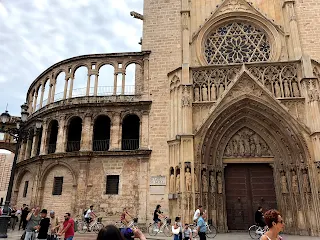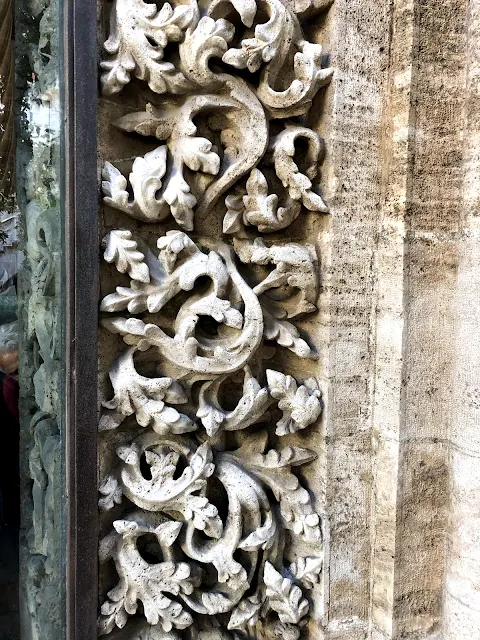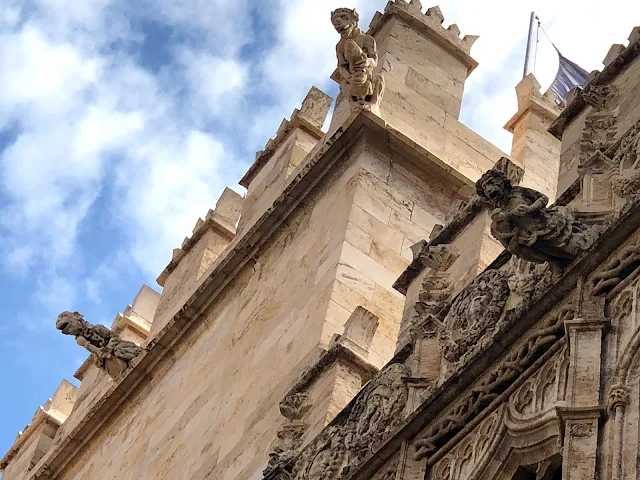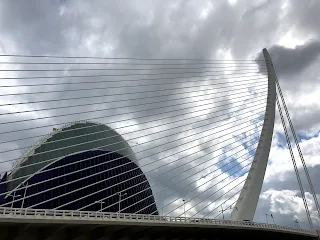Directed: Ryan Coogler
.jpeg) |
| https://www.imdb.com/title/tt31193180/ |
Legend has it that the aberrant gene mainly affects a particular aristocratic family in Transylvania, present-day Romania, known as the Draculas. Understandably, folklore about this family in movies and stories involves white-skinned characters. Of course, in this day and age, just an arrangement would not suffice.
In the early days of photography and the development of moving pictures, as well as until the 1970s, film rolls were often biased against individuals with dark skin. They were orthochromatic, meaning they were sensitive to blue and green light but blind to red. This technical limitation made lighter skin tones more flattering, while darker skin tones appeared unnaturally dark and lacked detail. Film development processes cater for Caucasian subjects.
The discrimination persisted into the 1960s, when colour film gained popularity. The chemicals used to develop the films were not designed to preserve a wide range of tones except for shades of white. Kodak even had a colour chart called the Shirley Card, featuring a picture of a particular white woman, used as a standard to determine image clarity and skin tones in prints.
 |
| Shirley card |
Digital photography transformed everything. Instead of using light-sensitive films that need developing, it utilises electronic sensors to capture and store images.
Given this background, it is only logical that 21st-century filmmakers, for whom equity is a buzzword and various movements around us testify to this, should create a film that rectifies the past. Now, we have a fictional story of vampires suddenly appearing in 1930s America, specifically in Mississippi, where African Americans are portrayed as running around with fangs and biting necks.
Incorporating themes of racial discrimination, the KKK, and a gore-filled night scene in dim lighting, the film aims to correct historical errors, featuring black vampires and meticulously filming dark-skinned actors with attention to makeup and facial expressions.
Verdict: Not my cup of tea (3/5).















